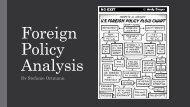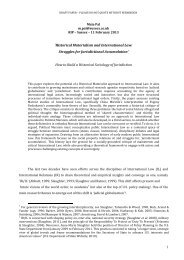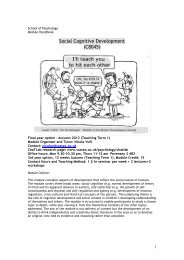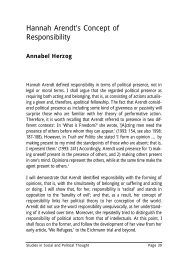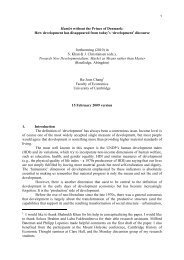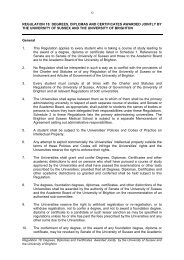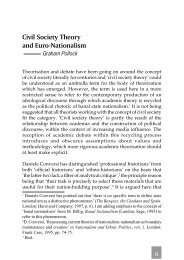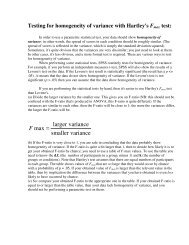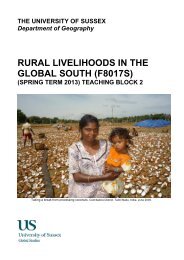Techniques for assessing shingle communities - University of Sussex
Techniques for assessing shingle communities - University of Sussex
Techniques for assessing shingle communities - University of Sussex
Create successful ePaper yourself
Turn your PDF publications into a flip-book with our unique Google optimized e-Paper software.
2.2 Sea<strong>for</strong>d Bay, Martello Tower to Hawks Brow TV 4865 9813<br />
Date <strong>of</strong> visit: 04 August 2003<br />
Surveyors: TY.<br />
Site Description: Area 1.73ha, 90% bare <strong>shingle</strong>. Long linear survey area adjacent to the<br />
promenade. Survey area ran from the east <strong>of</strong> the Martello Tower to the terminal groyne, and<br />
beyond to Hawk’s brow, encompassing <strong>shingle</strong> below the chalk cliffs.<br />
Management history: Sea<strong>for</strong>d Beach was completely recharged in the 1980s using <strong>shingle</strong><br />
dredged from <strong>of</strong>fshore. The Environment Agency carry out routine <strong>shingle</strong> recycling and<br />
repr<strong>of</strong>iling during the winter. A designated bathing beach, the beach is primarily managed as<br />
a coastal defence and as a recreational resource.<br />
Damage/disturbance: Severe compaction with increased load <strong>of</strong> sand and artificial pr<strong>of</strong>ile<br />
with frequent cliffing. Due to the linear nature <strong>of</strong> the beach and the close proximity to the<br />
promenade, the beach is relatively narrow. The sea there<strong>for</strong>e is able to wash right up to the<br />
sea wall during storm events, particularly in the winter. The chalk cliffs in this area support a<br />
significant breeding colony <strong>of</strong> kittiwakes and are there<strong>for</strong>e subject to enrichment from the<br />
guano.<br />
Habitat description: Damaged pioneer community, heavily influenced by <strong>shingle</strong> recycling.<br />
Atriplex was the frequent <strong>shingle</strong> species present.<br />
Notable species: B. vulagris ssp. maritima.<br />
Shingle habitat score: 0.1<br />
Community type:<br />
a) Shingle community: No fit<br />
b) Broad <strong>shingle</strong> community: No fit<br />
c) NVC: No fit to any <strong>shingle</strong> community although could be likened to MC6 Atriplex<br />
prostrata – Beta vulgaris maritima sea-bird cliff community.<br />
d) Habitats Directive Annex I: No fit<br />
Table 10. Vascular plant list and abundance <strong>for</strong> survey site 2.2.<br />
Species Common Name<br />
Atriplex prostrata Spear-leaved Orache F<br />
Calystegia sepium Hedge Bindweed F<br />
Centaurea nigra Common Knapweed F<br />
Holcus lanatus Yorkshire-fog F<br />
Hypochaeris radicata Common Cat’s-ear F<br />
Persicaria maculosa Redshank F<br />
Picris echioides Bristly Oxtongue F<br />
Poa annua Annual Meadow-grass F<br />
Veronica chamaedrys Germander Speedwell F<br />
Anagallis arvensis Scarlet Pimpernel O<br />
Arctium minus Lesser Burdock O<br />
Arrhenatherum elatius False Oat-grass O<br />
Abundance<br />
(DAFOR scale)<br />
<strong>Techniques</strong> <strong>for</strong> <strong>assessing</strong> <strong>shingle</strong> <strong>communities</strong> 26




